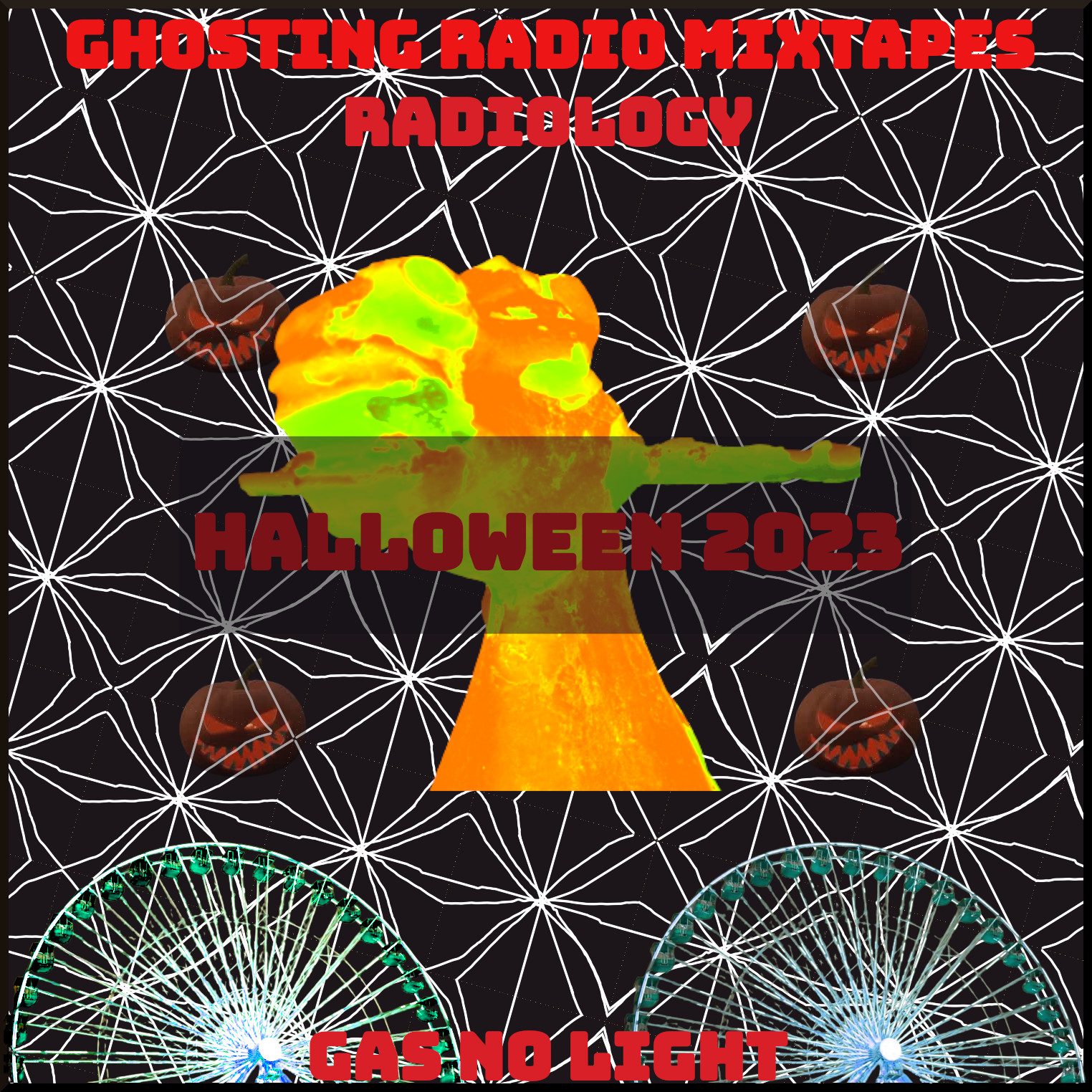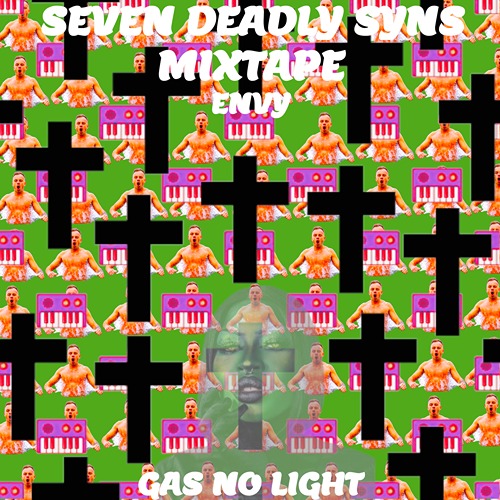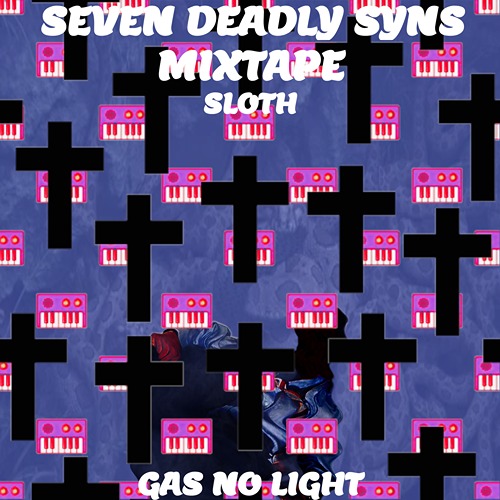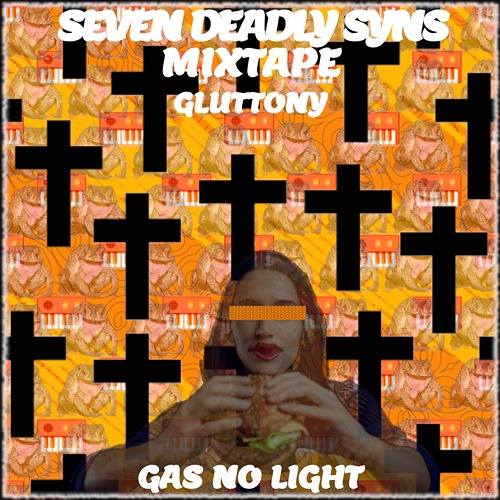The last one of this seven-part series Seven Deadly Syns and this one is pride so expect self-worth and vain songs, stuff to listen to whilst you look in the mirror all day. Another hard one to complete as what is vain in music when it hasn’t got any lyrics and again it’s a hard one to explain lucky this isn’t an exam as I would have failed. I must admit I’ve had a bit of training on putting music to feelings and got up early three or four times the course wasn’t that long but I remember it being in the morning. That was about music and feelings which had to do with the psychology course I only did that and several lessons about psychology and computers so hopefully I got the right feelings for the mixtapes, they were fun making as always and I hope you enjoy them.
Allegory of Pride, from c. 1590–1630, engraving, 22.3 cm x 16.6 cm, in the Metropolitan Museum of Art (New York City)
Pride is defined by Merriam-Webster as “reasonable self-esteem” or “confidence and satisfaction in oneself”. Oxford defines it as “the quality of having an excessively high opinion of oneself or one|s own importance.” This may be related to one|s own abilities or achievements, positive characteristics of friends or family, or one|s country. Richard Taylor defined pride as “the justified love of oneself”, as opposed to false pride or narcissism. Similarly, St. Augustine defined it as “the love of one|s own excellence”, and Meher Baba called it “the specific feeling through which egoism manifests.”
Philosophers and social psychologists have noted that pride is a complex secondary emotion which requires the development of a sense of self and the mastery of relevant conceptual distinctions (e.g. that pride is distinct from happiness and joy) through language-based interaction with others. Some social psychologists identify the nonverbal expression of pride as a means of sending a functional, automatically perceived signal of high social status.
Pride is sometimes viewed as corrupt or as a vice, sometimes as proper or as a virtue. With a positive connotation, pride refers to a content sense of attachment toward one|s own or another|s choices and actions, or toward a whole group of people, and is a product of praise, independent self-reflection, and a fulfilled feeling of belonging. With a negative connotation, pride refers to a foolishly[8] and irrationally corrupt sense of one|s personal value, status or accomplishments, used synonymously with hubris. While some philosophers such as Aristotle (and George Bernard Shaw) consider pride (but not hubris) a profound virtue, some world religions consider pride|s fraudulent form a sin, such as is expressed in Proverbs 11:2 of the Hebrew Bible. In Judaism, pride is called the root of all evil. When viewed as a virtue, pride in one|s abilities is known as virtuous pride, the greatness of soul or magnanimity, but when viewed as a vice it is often known to be self-idolatry, sadistic contempt, vanity or vainglory.
Etymology
Proud comes from late Old English prut, probably from Old French prud “brave, valiant” (11th century) (which became a prefix in French), from the Late Latin term prodis “useful”, which is compared with the Latin prodesse “be of use”. The sense of “having a high opinion of oneself”, not in French, may reflect the Anglo-Saxons| opinion of the Norman knights who called themselves “proud”.
Ancient Greek Philosophy
Aristotle identified pride (megalopsuchia, variously translated as proper pride, the greatness of soul and magnanimity) as the crown of the virtues, distinguishing it from vanity, temperance, and humility, thus:
Now the man is thought to be proud who thinks himself worthy of great things, being worthy of them; for he who does so beyond his deserts is a fool, but no virtuous man is foolish or silly. The proud man, then, is the man we have described. For he who is worthy of little and thinks himself worthy of little is temperate, but not proud; for pride implies greatness, as beauty implies a goodsized body and little people may be neat and well-proportioned but cannot be beautiful.
He concludes then that
Pride, then, seems to be a sort of crown of the virtues; for it makes them more powerful, and it is not found without them. Therefore it is hard to be truly proud; for it is impossible without nobility and goodness of character.
By contrast, Aristotle defined the vice of hubris as follows:
To cause shame to the victim, not in order that anything may happen to you, nor because anything has happened to you, but merely for your own gratification. Hubris is not the requital of past injuries; this is revenge. As for the pleasure in hubris, its cause is this: naive men think that by ill-treating others they make their own superiority the greater.
Thus, although pride and hubris are often deemed the same thing, for Aristotle and many philosophers hubris is altogether an entirely different thing from pride.
Emotion
In psychological terms, positive pride is “a pleasant, sometimes exhilarating, emotion that results from a positive self-evaluation”. It was added by Tracy et al. to the University of California, Davis, Set of Emotion Expressions (UCDSEE) in 2009, as one of three “self-conscious” emotions known to have recognizable expressions (along with embarrassment and shame).
Positive outcomes
A common understanding of pride is that it results from self-directed satisfaction with meeting the personal goals; for example, Weiner et al. have posited that positive performance outcomes elicit pride in an individual when the event is appraised as having been caused by him alone. Moreover, Oveis et al. conceptualize pride as a display of the strong self that promotes feelings of similarity to strong others, as well as differentiation from weak others. Seen in this light, pride can be conceptualized as a hierarchy-enhancing emotion, as its experience and display helps rid negotiations of conflict. Pride involves exhilarated pleasure and a feeling of accomplishment. It is related to “more positive behaviours and outcomes in the area where the individual is proud” (Weiner, 1985). Pride is generally associated with positive social behaviours such as helping others and outward promotion. Along with hope, it is also often described as an emotion that facilitates performance attainment, as it can help trigger and sustain the focused and appetitive effort to prepare for upcoming evaluative events. It may also help enhance the quality and flexibility of the effort expended (Fredrickson, 2001). According to Bagozzi et al., pride can have positive benefits of enhancing creativity, productivity, and altruism. For instance, it has been found that in terms of school achievement, pride is associated with a higher GPA in low-neighborhood socioeconomic environments, whereas in more advantaged neighbourhoods, pride is associated with a lower GPA.
Sin and self-acceptance
Pride, from the Seven Deadly Sins by Jacob Matham c. 1592.
Inordinate self-esteem is called “pride”. Classical Christian theology views pride as being the result of high self-esteem, and thus high self-esteem was viewed as the primary human problem, but beginning in the 20th century, “humanistic psychology” diagnosed the primary human problem as low self-esteem stemming from a lack of belief in one|s “true worth”. Carl Rogers observed that most people “regard themselves as worthless and unlovable.” Thus, they lack self-esteem.
In the King James Bible, people exhibiting excess pride are labelled with the term, “Haughty”.
“pride comes before a fall”— 1611, King James Version of the Bible, Book of Proverbs, 16:18
Terry Cooper conceptualized in 2003 excessive pride (along with low self-esteem) as an important paradigm in describing the human condition. He examines and compares the Augustinian-Niebuhrian conviction that pride is primary, the feminist concept of pride as being absent in the experience of women, the humanistic psychology position that pride does not adequately account for anyone|s experience, and the humanistic psychology idea that if pride emerges, it is always a false front designed to protect an undervalued self.
He considers that the work of certain neo-Freudian psychoanalysts, namely Karen Horney, offers promise in dealing with what he calls a “deadlock between the overvalued and undervalued self” (Cooper, 112–3). Cooper refers to their work in describing the connection between religious and psychological pride as well as sin to describe how a neurotic pride system underlies an appearance of self-contempt and low self-esteem:
The “idealized self,” the “tyranny of the should,” the “pride system” and the nature of self-hate all point toward the intertwined relationship between neurotic pride and self-contempt. Understanding how a neurotic pride system underlies an appearance of self-contempt and low self-esteem. (Cooper, 112–3).
Thus, hubris, which is an exaggerated form of self-esteem, is sometimes actually a lie used to cover the lack of self-esteem the committer of pride feels deep down.
Types of Pride across the world seem to have a broad variety. The difference of type may have no greater contrast than that between the US and China. In the US, individual pride tends and seems to be held more often in thought. The people in China seem to hold greater views of the nation as a whole.
The value of Pride in the individual or the society as a whole seems to be a running theme and debate among cultures. This debate shadows the discussion on Pride so much so that perhaps the discussion on Pride shouldn|t be about whether Pride is necessarily good or bad, but about which form of it is the most useful.















